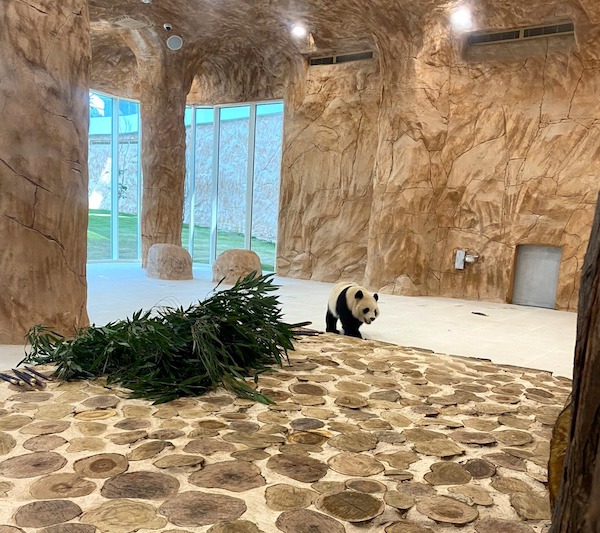
(quote)
(CNN) – A geometry problem that has been puzzling scientists for 60 years has likely just been solved by an amateur mathematician with a newly discovered 13-sided shape. Called “The hat” because it vaguely resembles a fedora, the elusive shape is an “einstein” (from the German “ein stein,” or “one stone”). That means it can completely cover a surface without ever creating a repeated pattern — something that had not yet been achieved with a single tile.
Most wallpapers or tiles in the real world are periodic, meaning you can identify a small cluster that’s just constantly repeated to cover the whole surface. “The hat,” however, is an aperiodic tile, meaning it can still completely cover a surface without any gaps, but you can never identify any cluster that periodically repeats itself to do so.
Fascinated by the idea that such aperiodic sets of shapes could exist, mathematicians first mulled the problem in the early 1960s, but they initially believed the shapes were impossible. That turned out to be wrong, because within years a set of 20,426 tiles that — when used together — could do the job was created. That number was soon reduced to just over 100, and then down to six.
In the 1970s, the work of British physicist and Nobel Prize winner Roger Penrose further reduced the number of shapes from six down to two in a system that has since been known as Penrose tiling. And that’s where things were stuck for decades.
Computer scientists found the holy grail of tiles. And all it takes for this special shape is 13 sides. In the world of mathematics, an “aperiodic monotile”—also known as an einstein based off a German phrase for one stone—is a shape that can tile a plane, but never repeat.
“In this paper we present the first true aperiodic monotile, a shape that forces aperiodicity through geometry alone, with no additional constrains applied via matching conditions,” writes Craig Kaplan, a computer science professor from the University of Waterloo and one of the four authors of the paper. The team proved the nature of the shape through computer coding, and in a fascinating aside, the shape doesn’t lose its aperiodic nature even when the length of sides changes.
(unquote)
Image courtesy University of Waterloo






